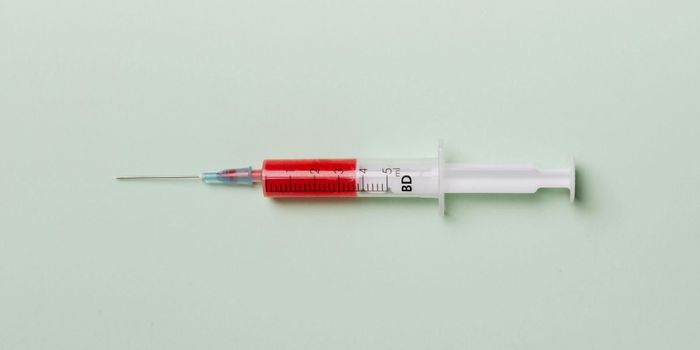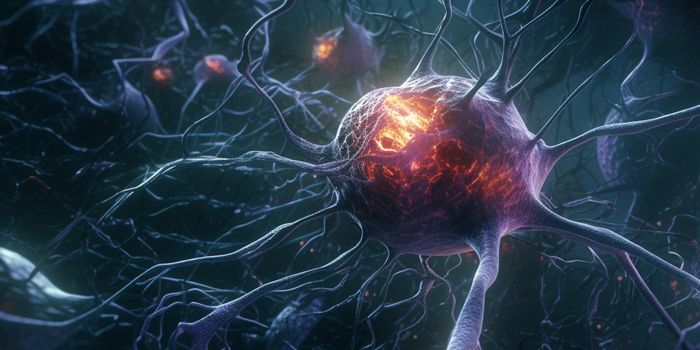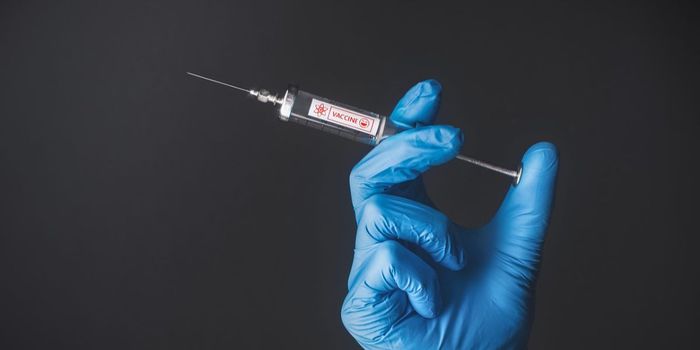Uncovering a Mechanism of Immunotherapy Response in Lung Cancer
When cancer cells mutate, they produce small peptides called neoantigens. Because neoantigens remain relatively unique to tumors, they can provide a marker to help the immune system recognize and kill cancer cells. Research suggests that neoantigens can impact how well cancer treatments work, but the molecular mechanisms underlying these interactions remain poorly understood.
ICIs, drugs that block proteins called “checkpoints” that regulate how different components of the immune system work, have made great strides toward advancing cancer treatment options, particularly for advanced cancers. Immunoediting, a complex process during which the immune system interacts with tumor cells, dictates how well ICIs work as cancer treatments. This process involves the recognition of tumor cells by the immune system, the elimination of these cells, and the equilibrium phase where the immune system and tumor cells coexist.
A recent study published in Nature Medicine addressed how neoantigens reshape the tumor microenvironment (TME) to help the immune system recognize tumor cells. The study involved 80 patients with non-small cell lung cancer (NSCLC) enrolled in a cohort of CheckMate 153, a multicenter Phase IIIb/IV clinical trial aimed at evaluating adverse events in patients treated with an ICI called nivolumab. Researchers utilized radiographic-guided biopsies, a procedure that uses imaging technology to determine the exact area of the body to extract tissue for examination. The study provided samples before and during treatment with nivolumab.
The researchers found that tumors that lost mutations and neoantigens within the first three weeks of treatment responded most favorably to nivolumab. Importantly, patients who did not achieve cancer remission still mounted an immune response. This finding indicates that the immune system in non-responders could still recognize the tumor but could not muster a strong enough response to destroy all the tumor cells. In total, the study evaluated 1,453 neoantigens, identifying 196 markers recognized by T cells, the immune cells responsible for identifying and killing tumor cells.
Using a comprehensive analysis, the researchers developed an “immunogenicity score” based on the positing of amino acids and other features related to immunogenicity, the ability of something, such as a neoantigen, to induce a response from the immune response. This score is a predictive tool, helping identify which patients are more likely to respond to immunotherapy. In addition, the study found that nivolumab-induced changes in NSCLC tissue were distinct from those seen in melanoma, another cancer commonly treated with nivolumab.
The study has unveiled a previously unknown mechanism that will significantly aid oncologists in understanding the efficacy of ICIs, paving the way for significant treatment advances. ICIs have revolutionized the area of cancer treatment over the past decade, but we don’t fully understand why some patients achieve long-term, durable responses while others do not. The current study provides new clues as to why these disparities in ICI response may exist and how to target them in future drug development, underscoring the importance and impact of this research on the field of oncology.
Sources: Nature, Nature Med









